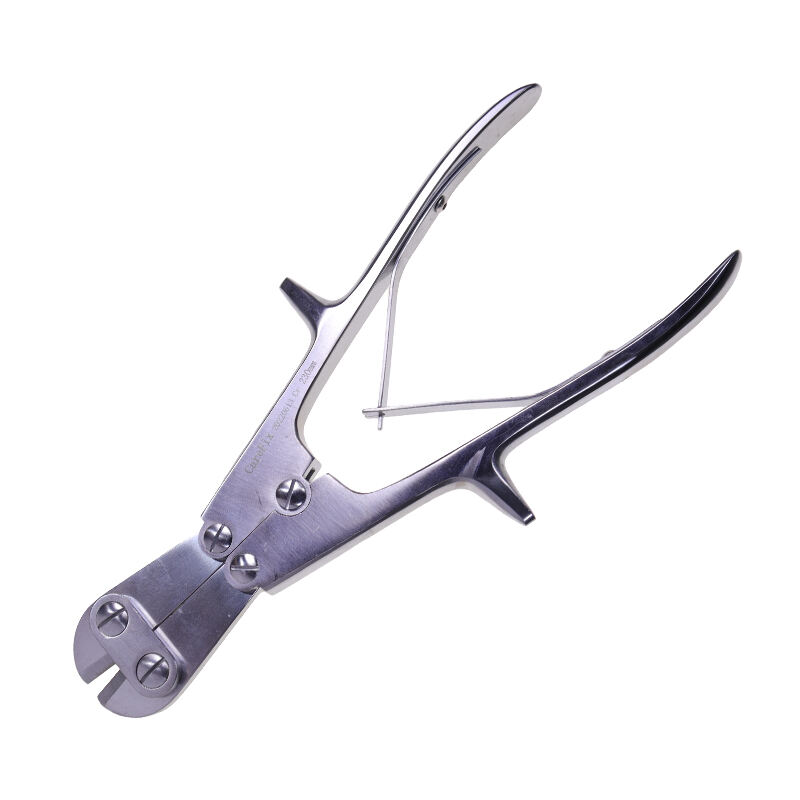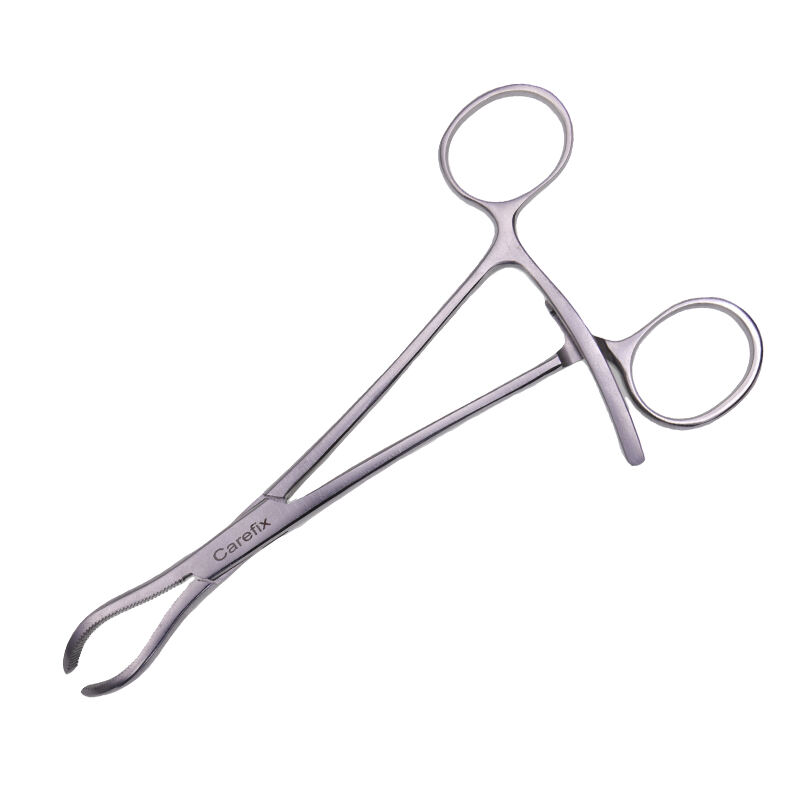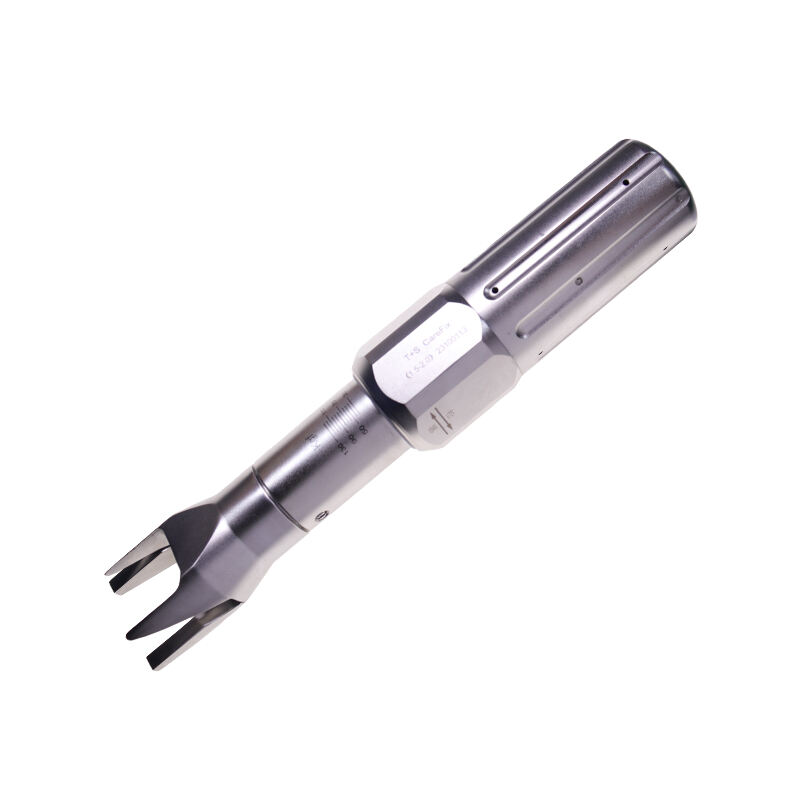instruments used in orthopedic surgery
Orthopedic surgical instruments represent a sophisticated array of specialized tools designed to facilitate precise bone and joint procedures. These instruments include power tools such as surgical drills and saws, equipped with advanced speed control systems and ergonomic designs for optimal handling. Manual instruments like osteotomes, chisels, and bone-holding forceps are crafted from high-grade surgical steel, ensuring durability and reliability during complex procedures. Measurement devices, including depth gauges and sizing guides, provide surgeons with precise dimensional control. Advanced imaging integration capabilities allow for real-time visualization during minimally invasive procedures. Modern orthopedic instruments often feature modular designs, enabling quick assembly and sterilization. Many instruments incorporate titanium components, reducing weight while maintaining strength. These tools are specifically engineered to withstand high-stress applications in procedures such as joint replacements, fracture repairs, and spinal surgeries. The instruments often feature specialized coatings that enhance grip and reduce glare under surgical lighting. Safety mechanisms are integrated throughout the instrument set, protecting both patients and healthcare providers during procedures.


